This gallery shows 29+ high-quality and best-resolution Sombrero PNG images, vectors, stickers, logos, Icons, and clipart pictures with transparent backgrounds.
Related Topics: Hat PNG | Cowboy Hat PNG | Chef Hat PNG
Free download all these Mexican Sombrero hat PNG images for graphic design, projects, presentations, web design, editing, and other works.
Sombrero PNG images for free download:
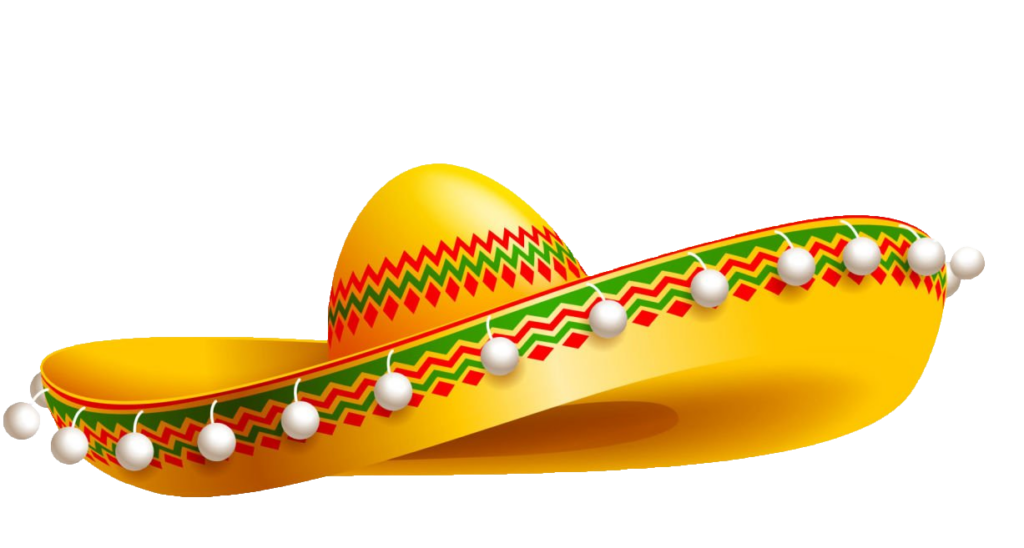
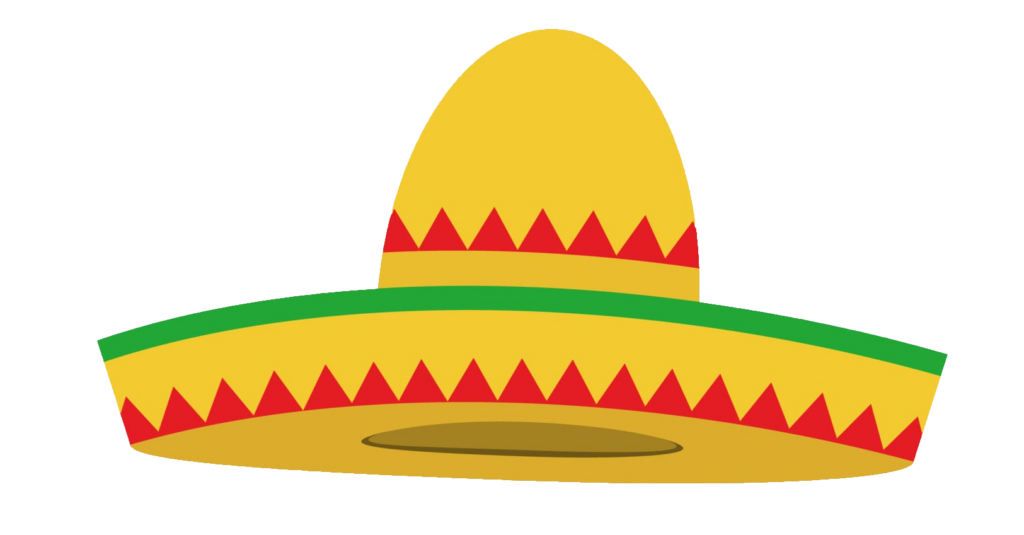
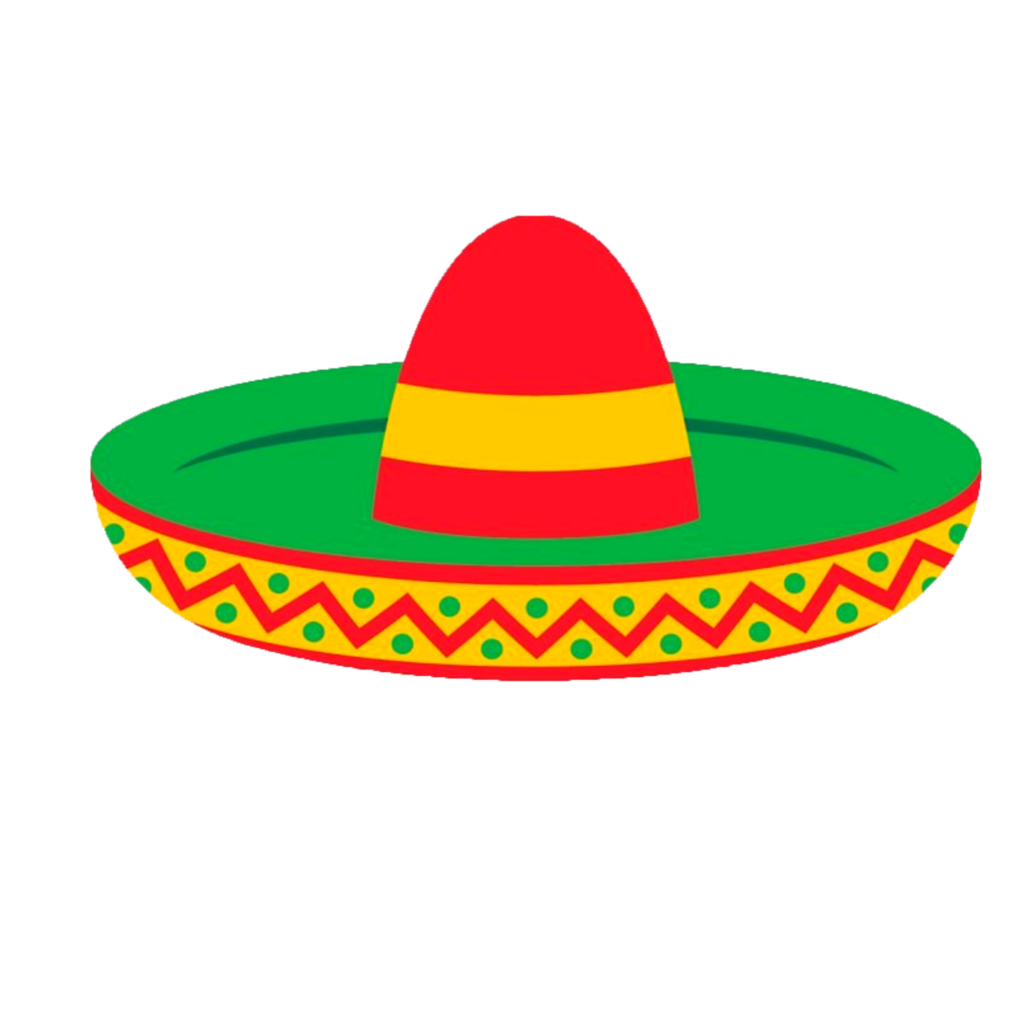
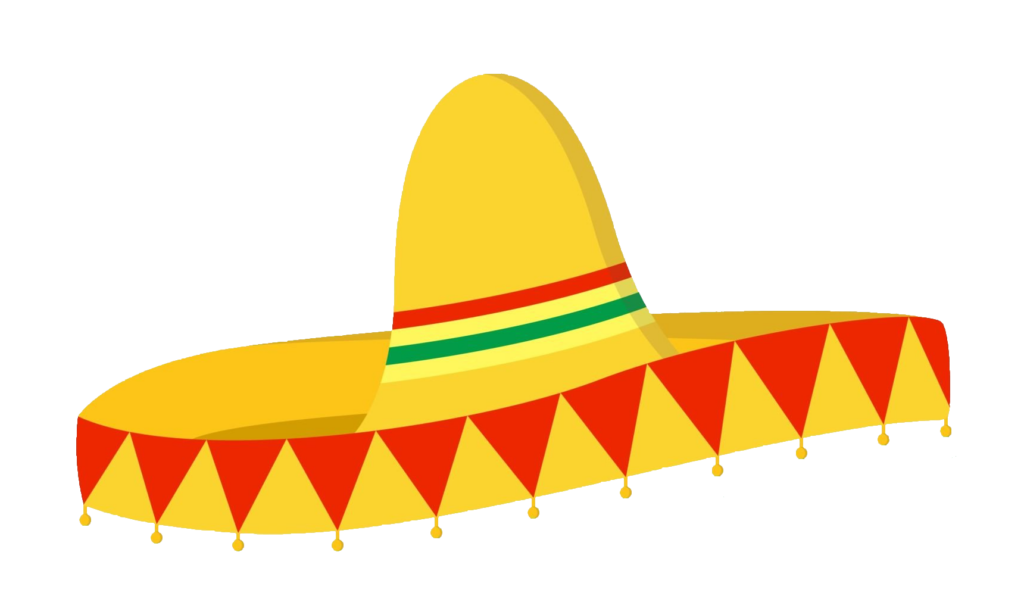
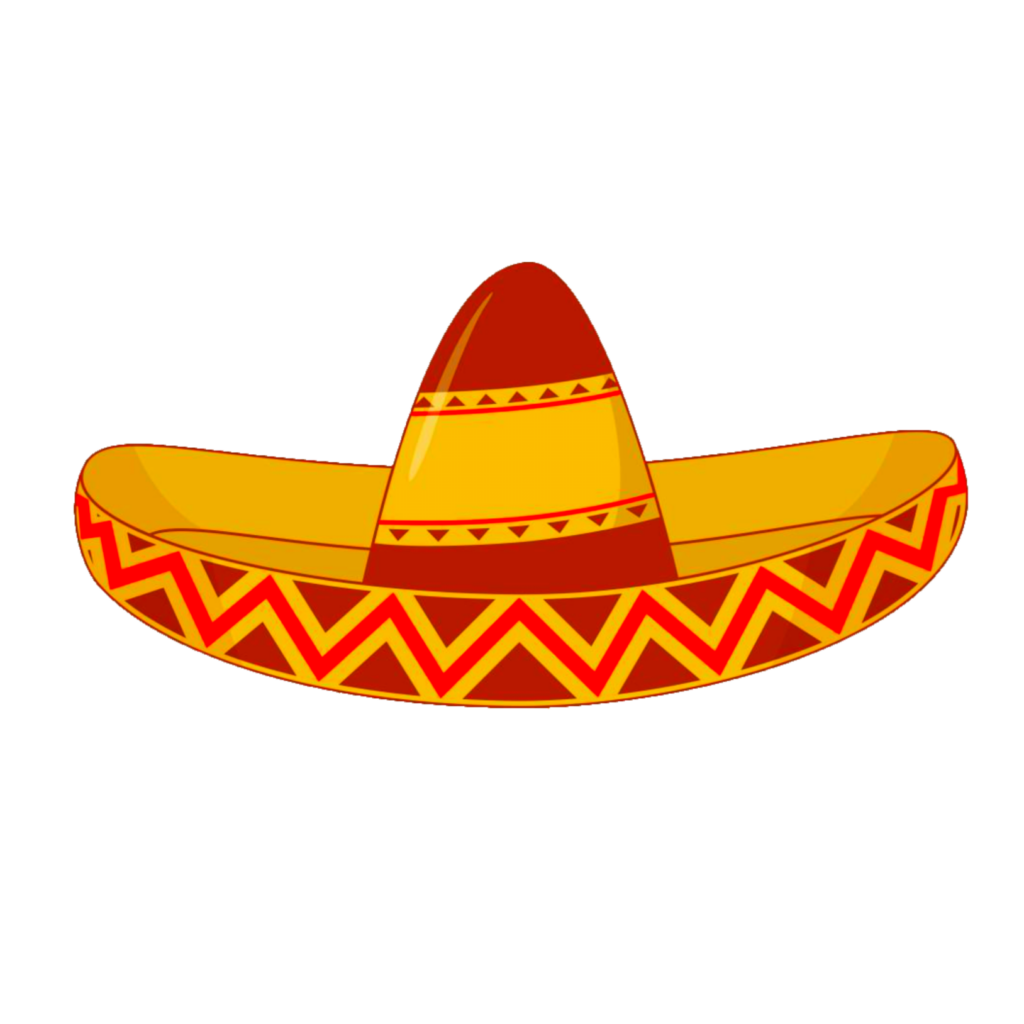

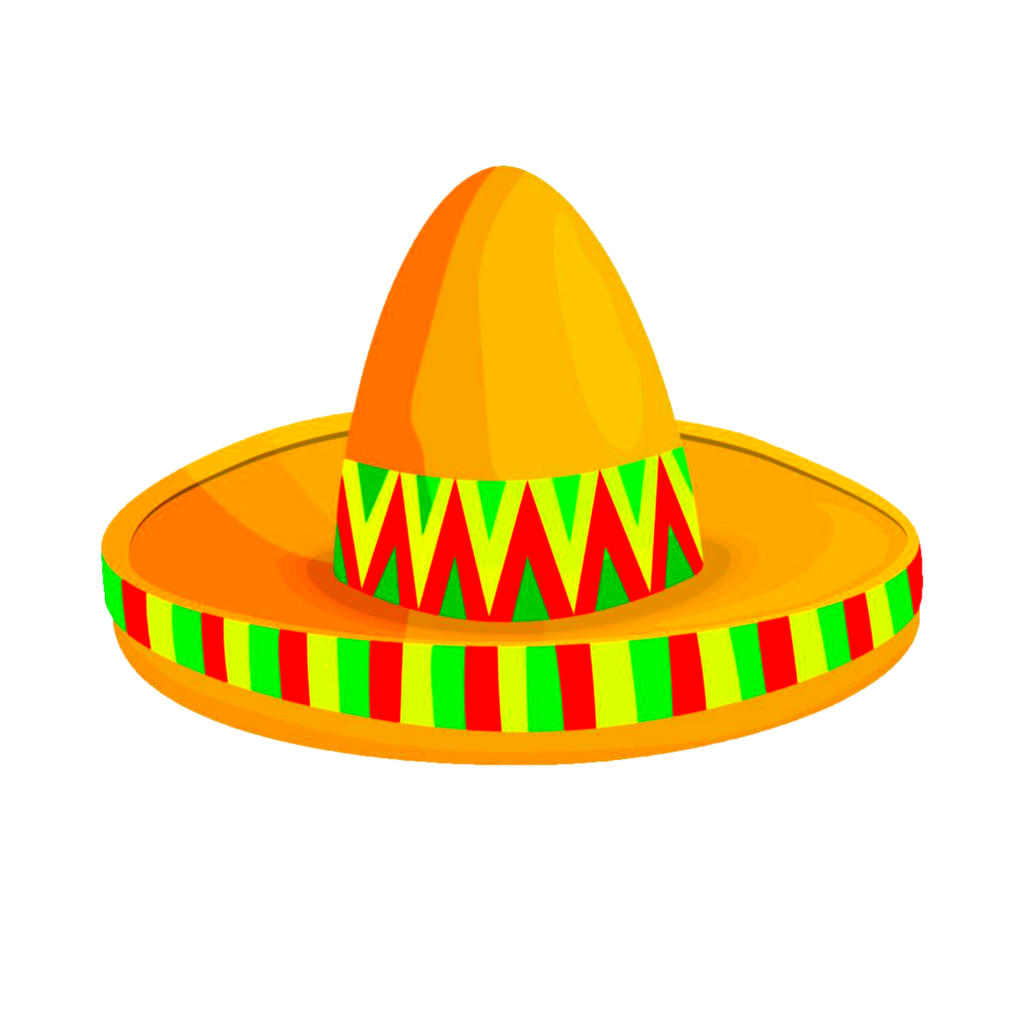
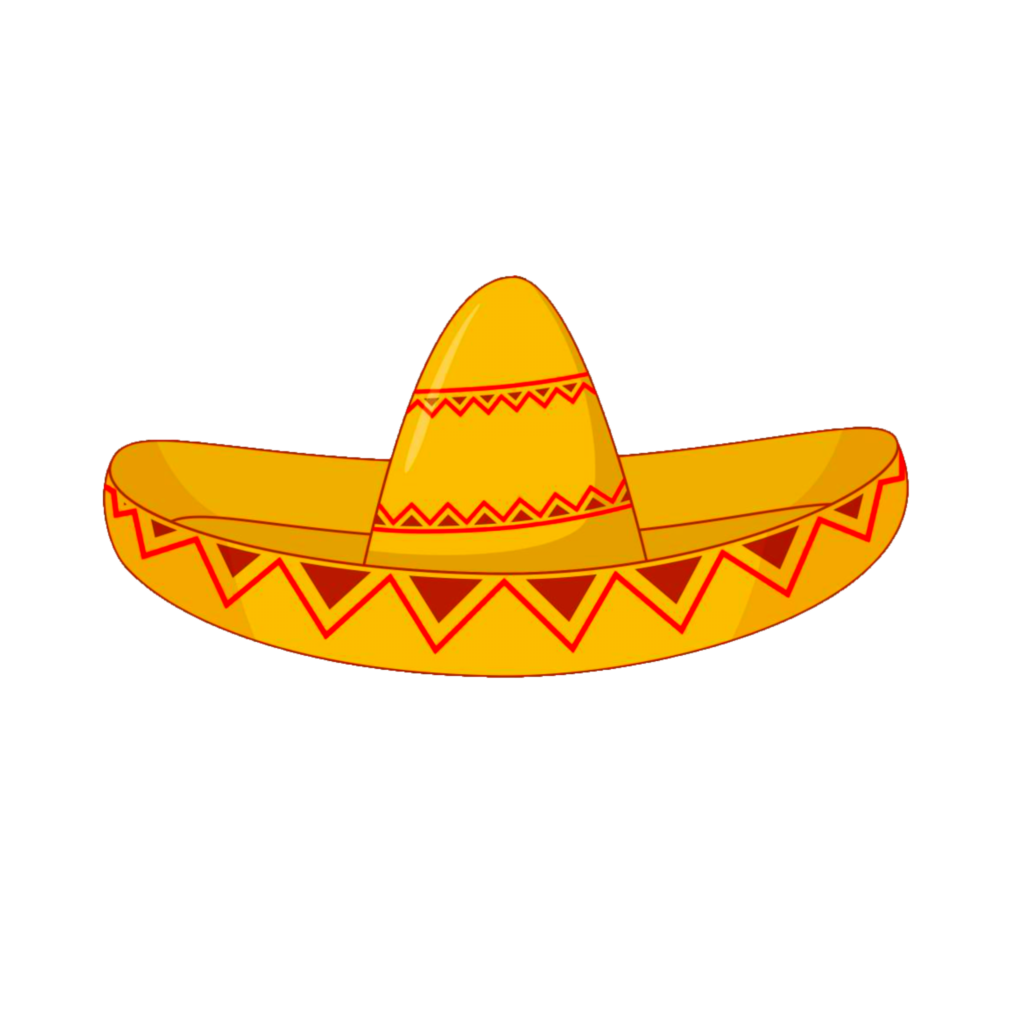
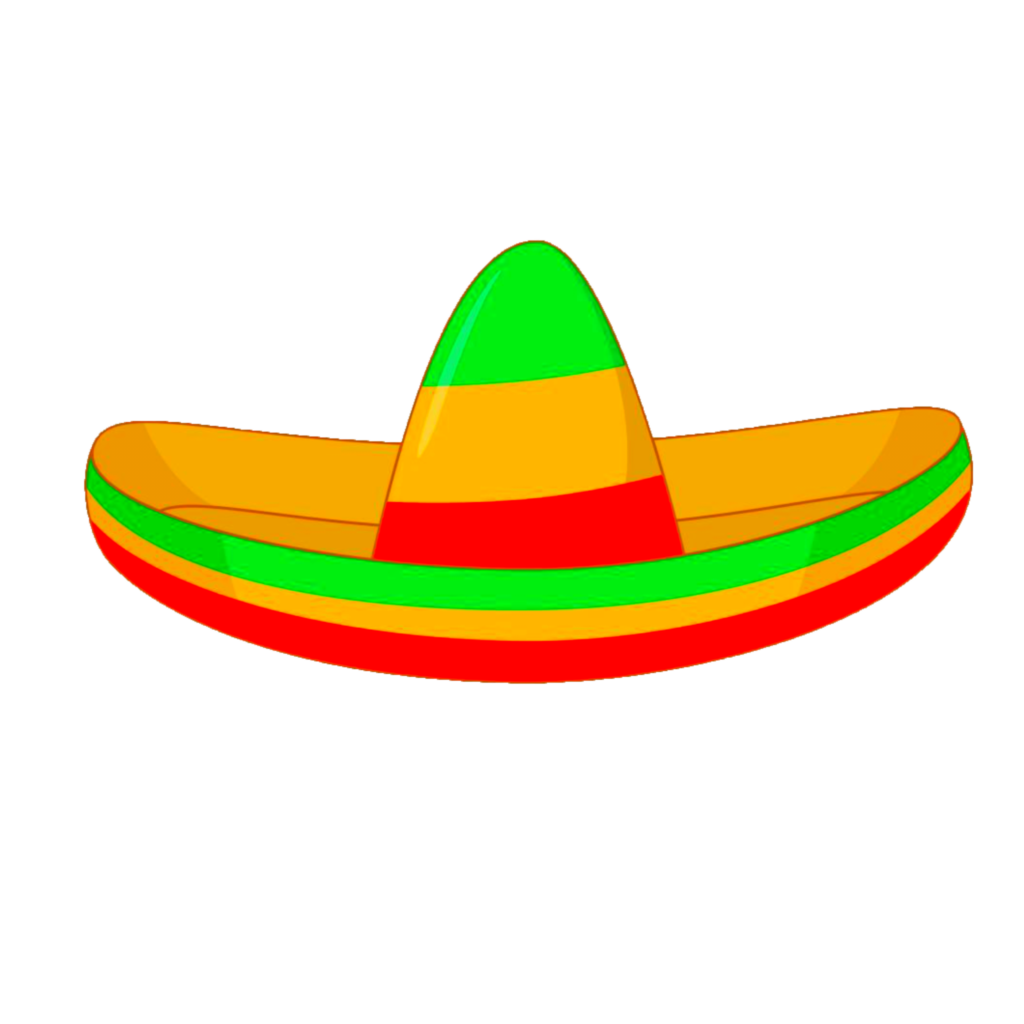
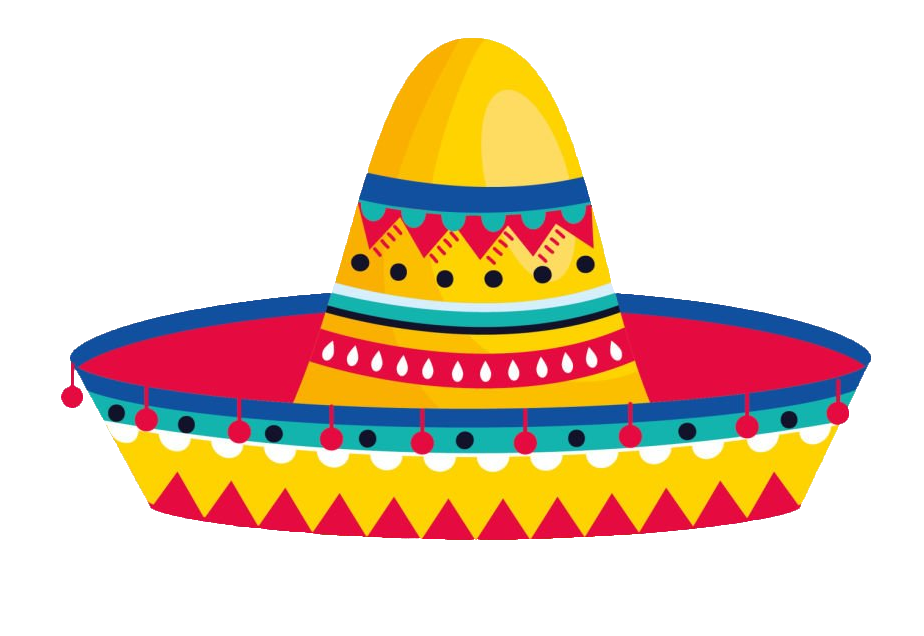
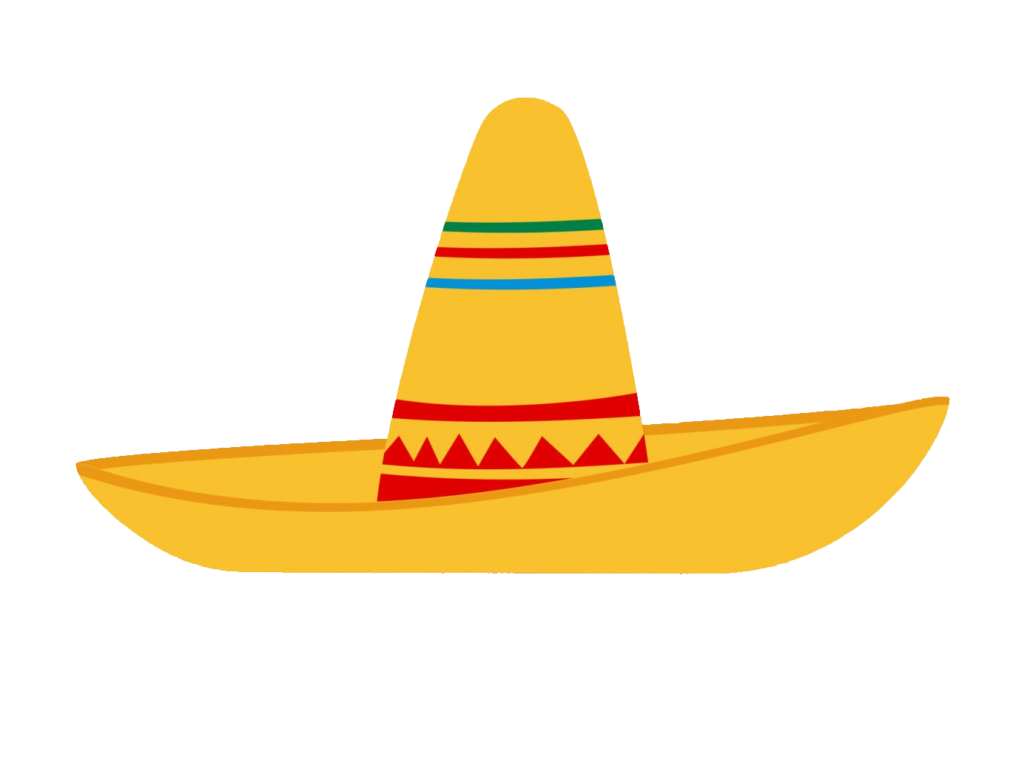
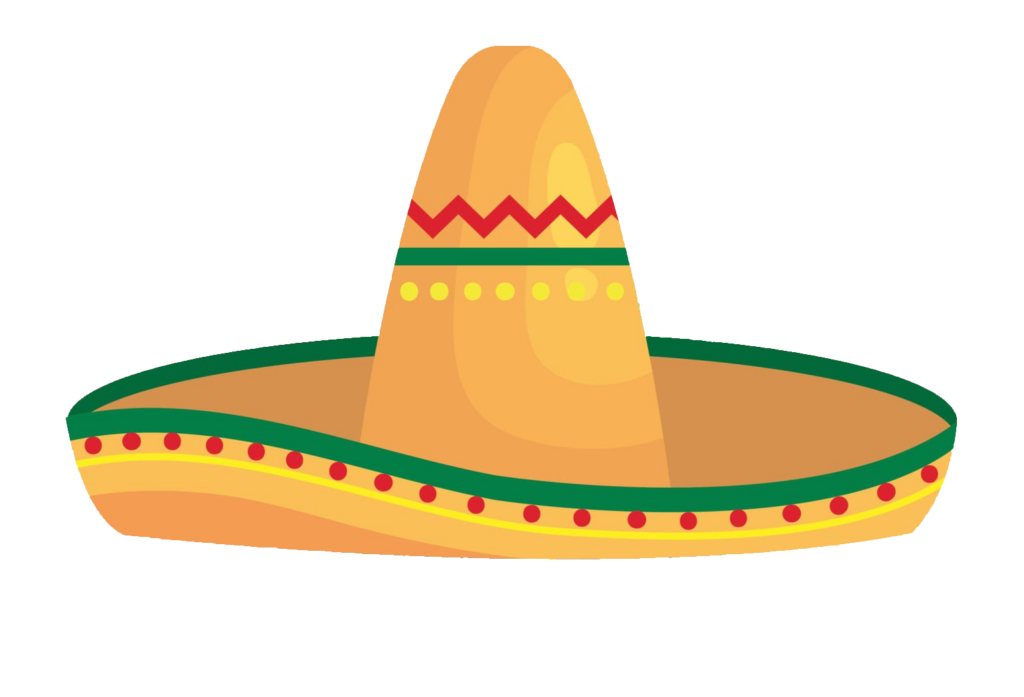
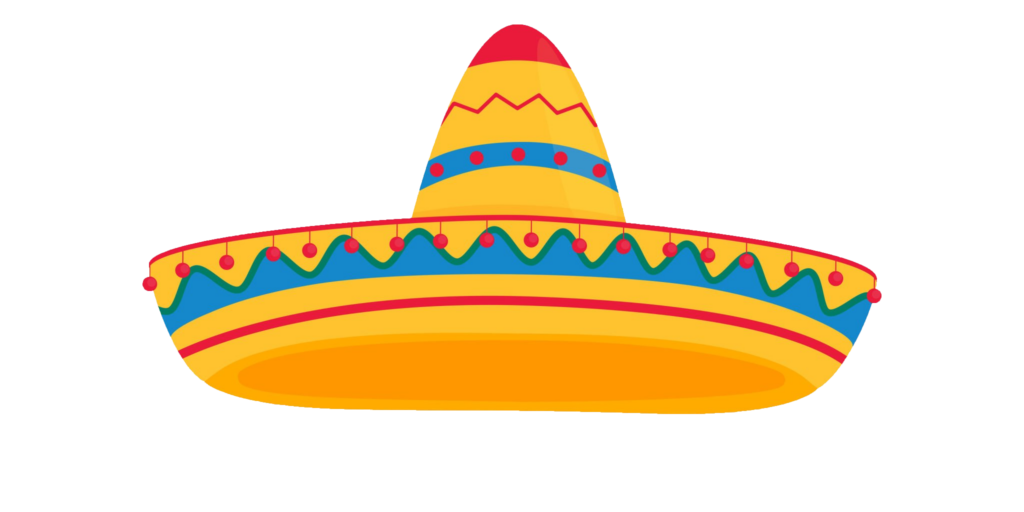
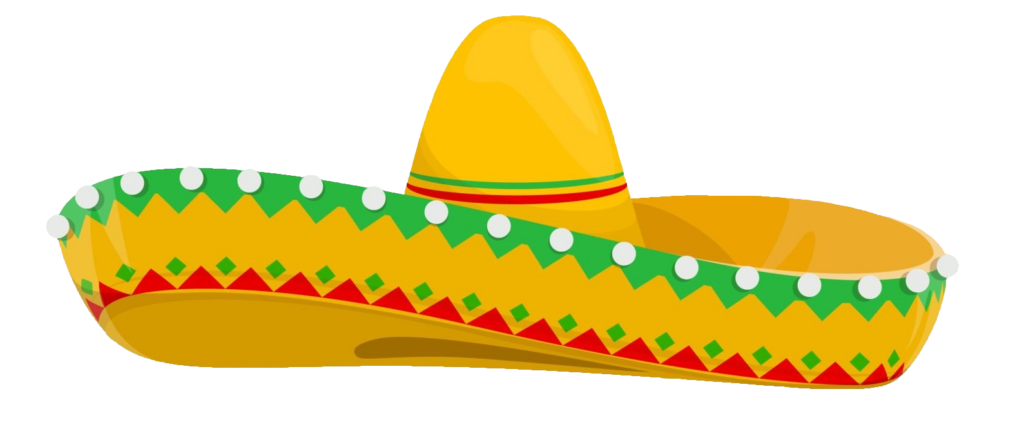


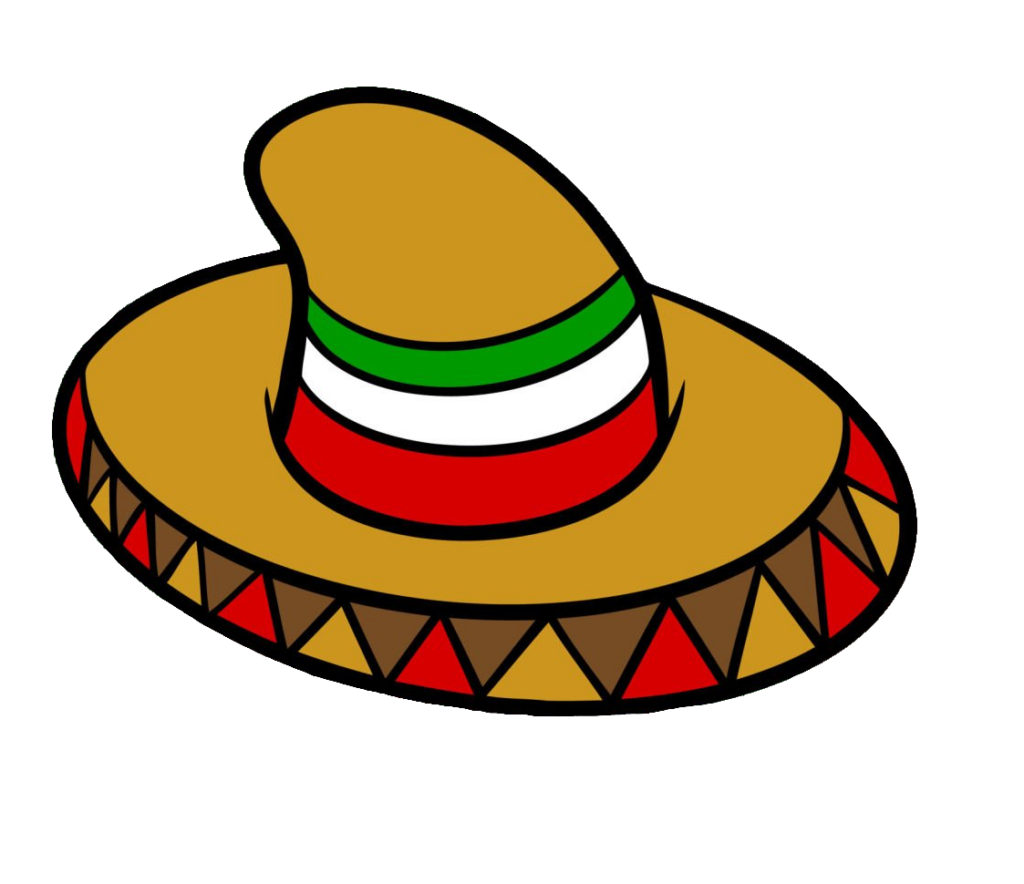
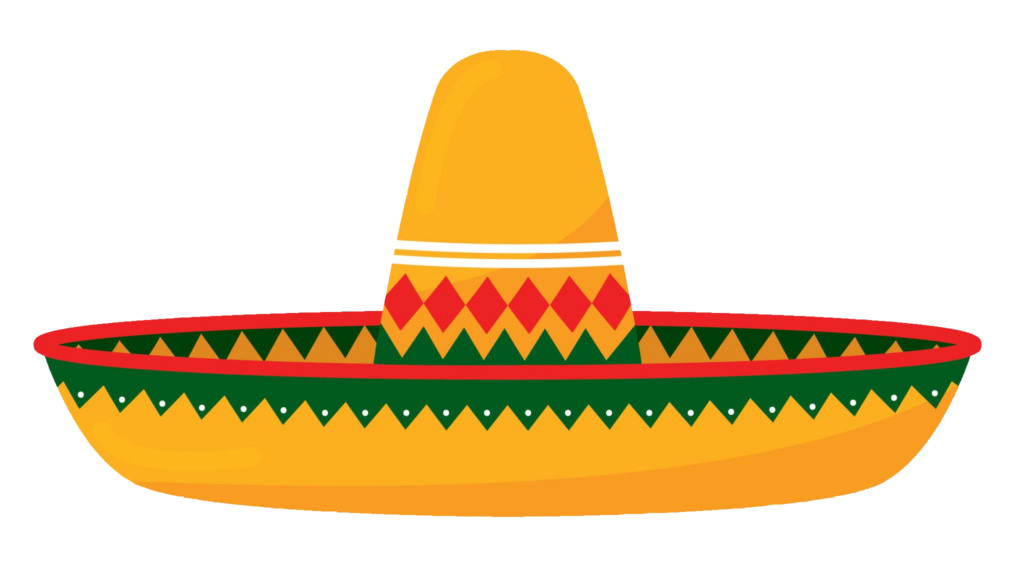
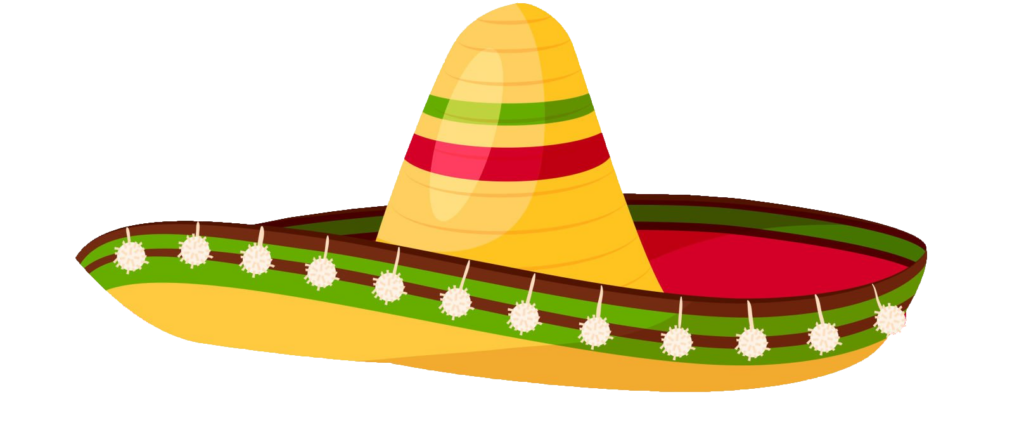
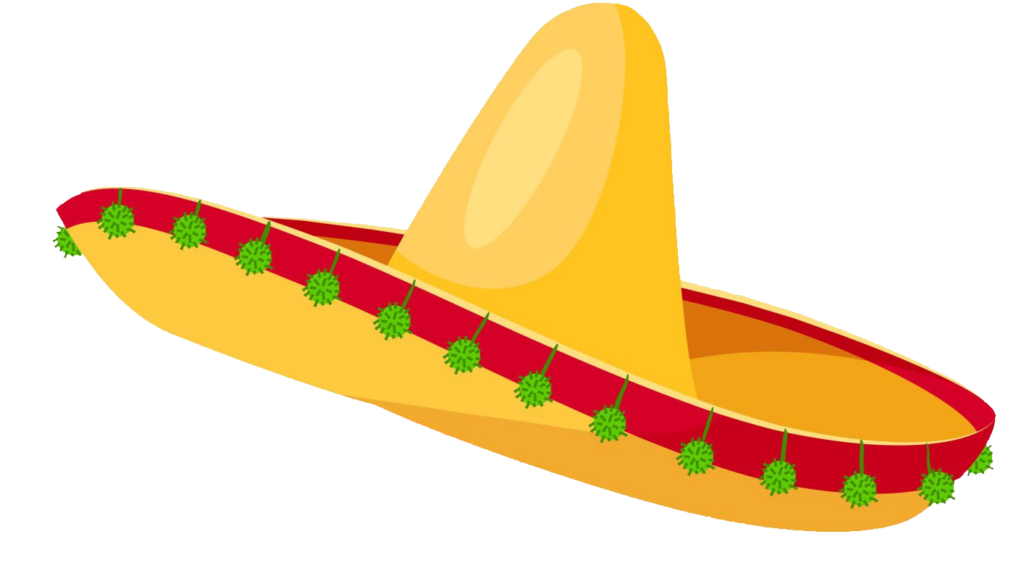
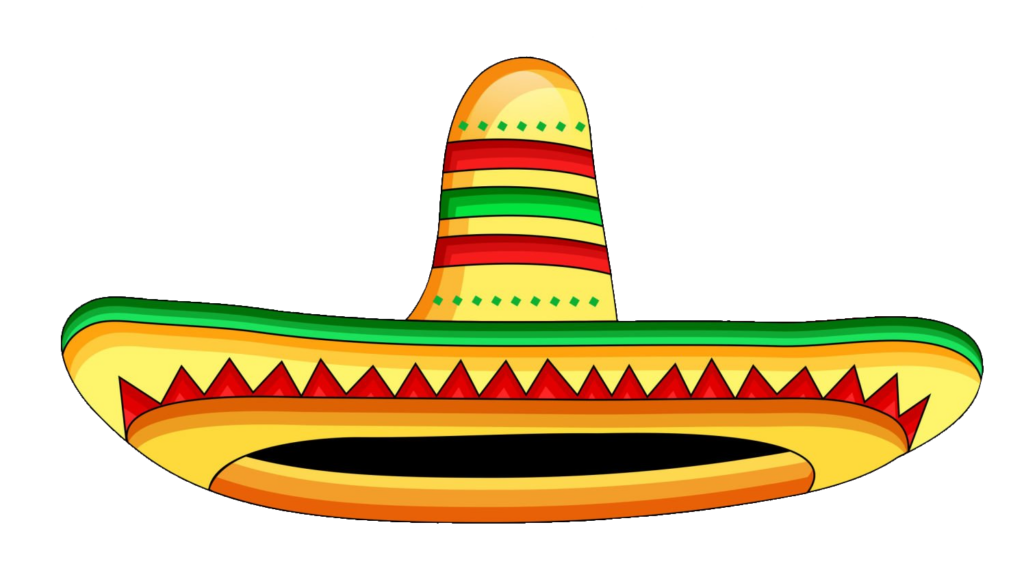


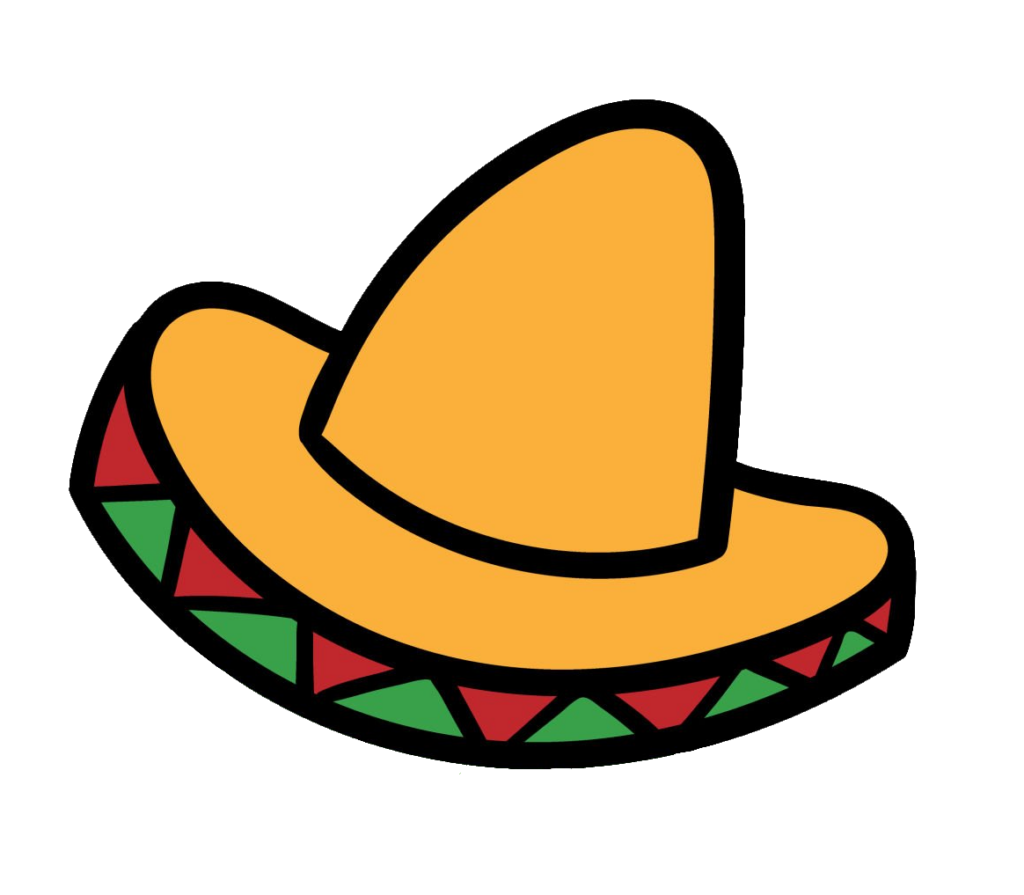
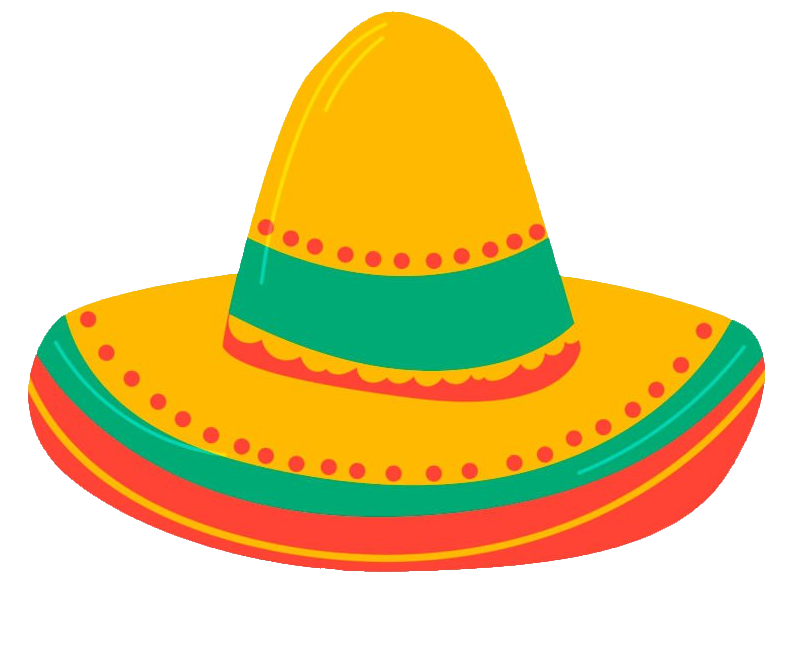
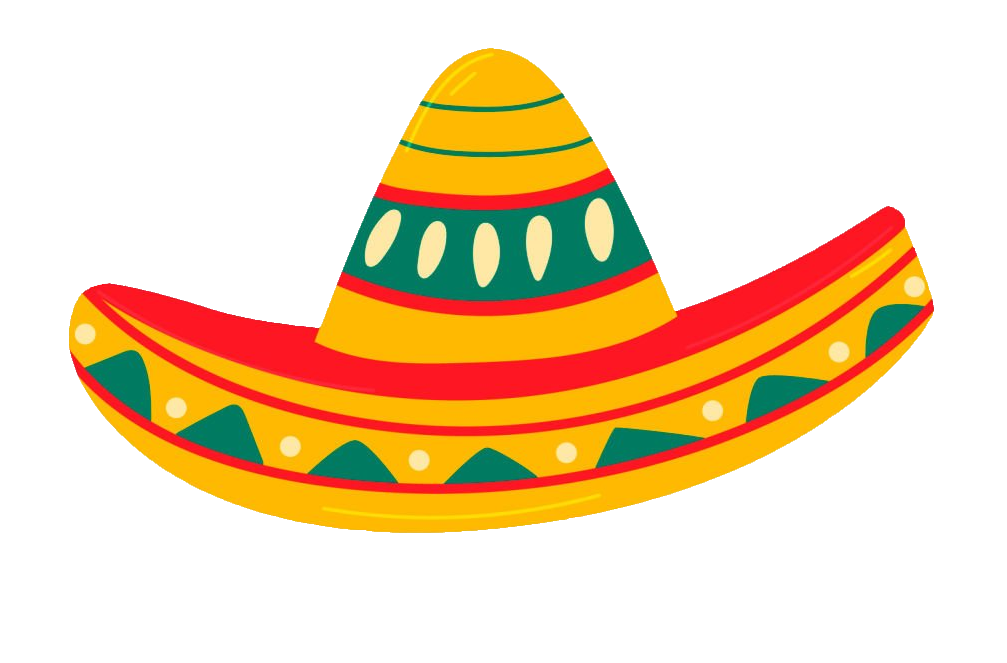
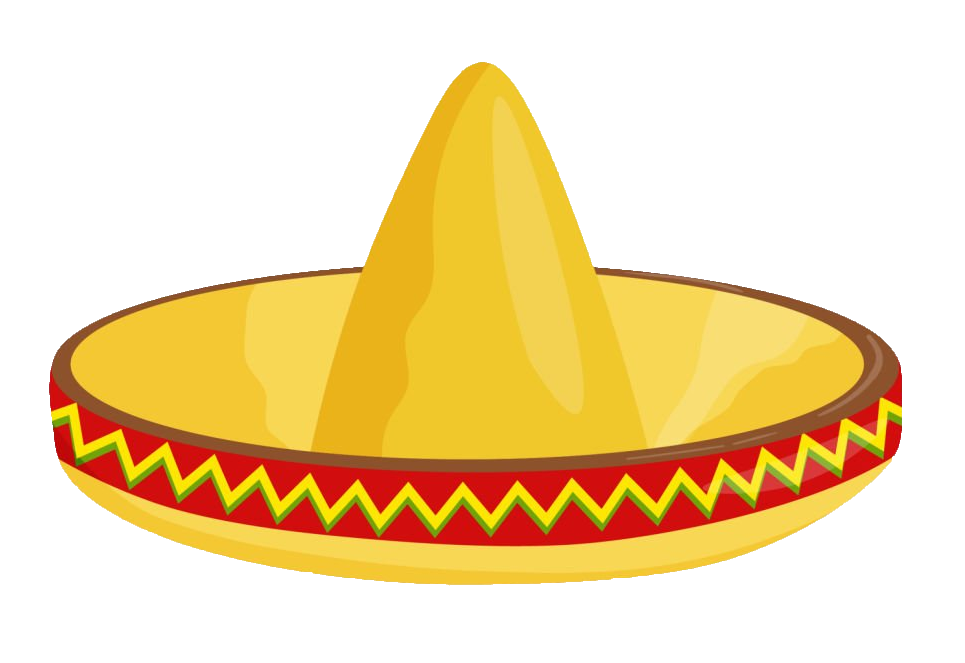
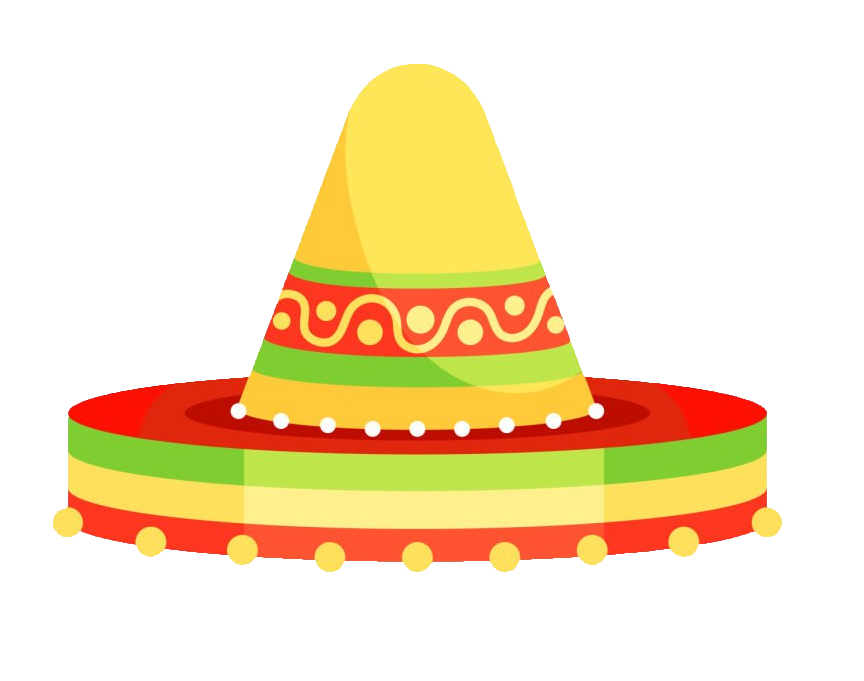
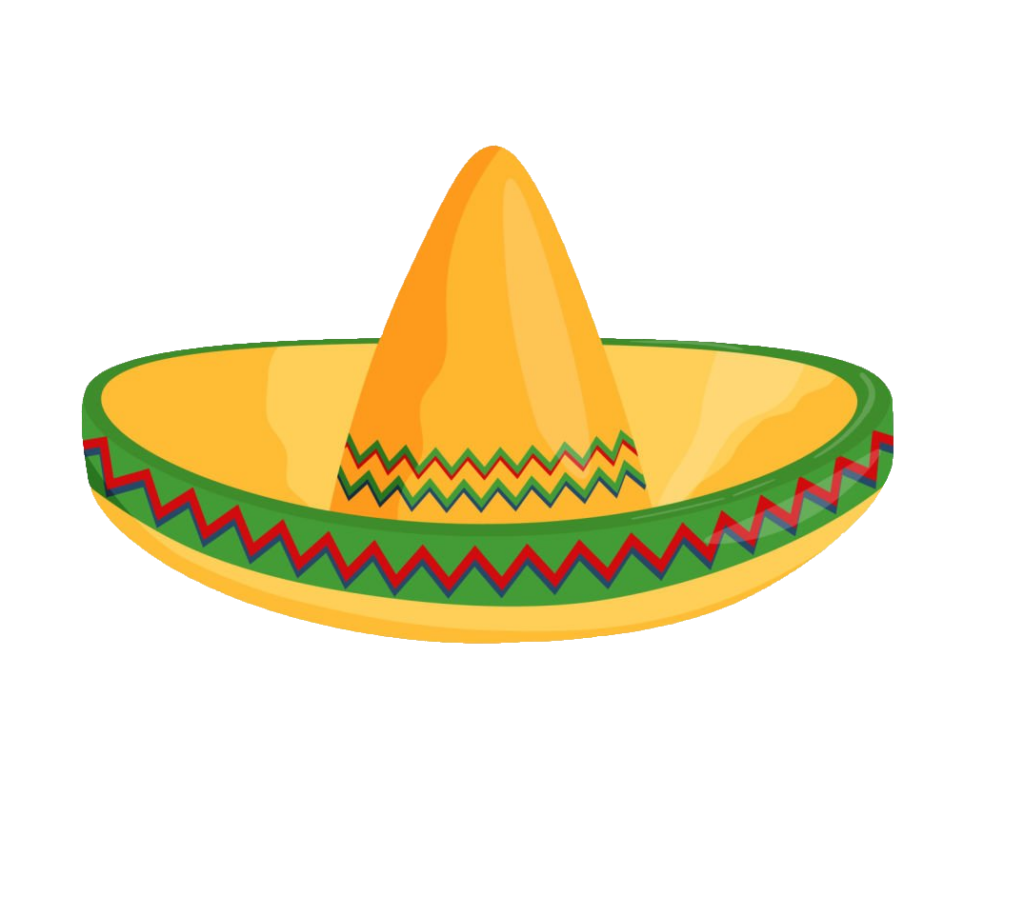
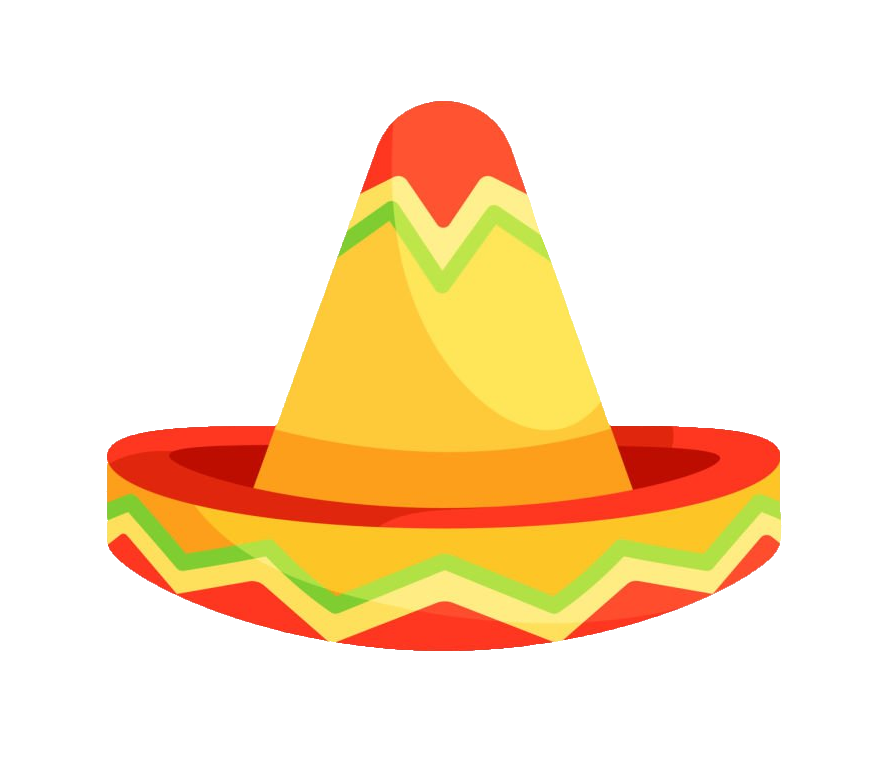
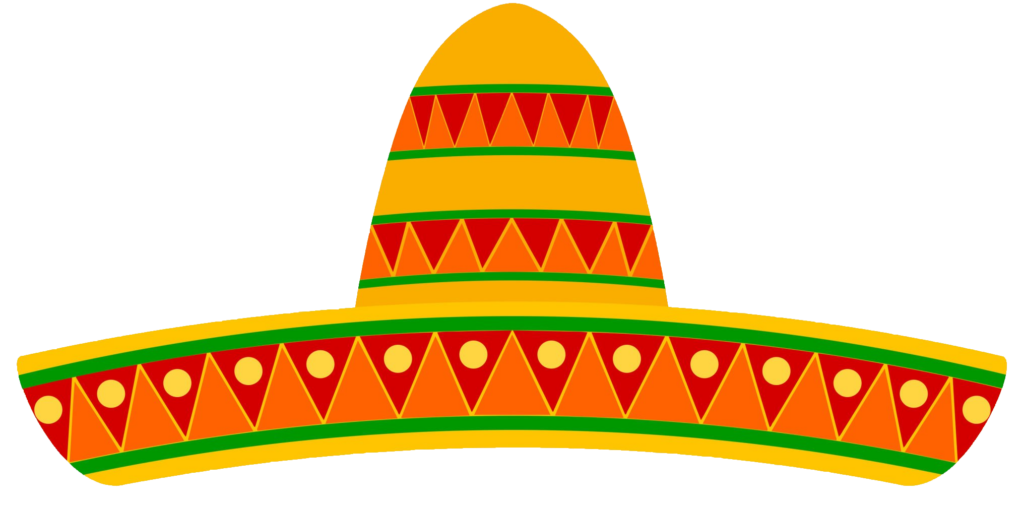
The sombrero, a symbol of Mexican culture and tradition, is a wide-brimmed hat that has evolved over centuries and holds deep cultural and historical significance. While it is often seen as a quintessential image of Mexico, its origins, functions, and adaptations span a wide array of regions and uses. In this essay, we will explore the history, design, cultural significance, and modern representations of the sombrero, reflecting on how it serves as both a functional item and a symbol of identity.
The word “sombrero” comes from the Spanish word “sombra,” meaning “shade.” It was designed to protect wearers from the harsh rays of the sun, particularly in rural and agricultural settings. The sombrero is believed to have originated in Mexico, but it was likely influenced by Spanish hats that were brought to the Americas during the colonial period. The broad brim of the sombrero provides ample shade, making it ideal for farmers, cowboys (vaqueros), and ranchers working long hours under the sun.
Before the arrival of Europeans, indigenous peoples of Mexico wore head coverings made from materials like straw and palm leaves to shield themselves from the sun. Over time, the European-style hat merged with local traditions, leading to the creation of the sombrero as we recognize it today. By the 17th and 18th centuries, it had become widespread across Mexico and other parts of Latin America.
Sombreros come in various shapes, sizes, and materials, depending on the region and intended use. They are typically made from either straw or felt, with the quality and intricacy of the design often reflecting the social status of the wearer. Peasant sombreros are usually made of straw, which is lightweight and inexpensive, while wealthier individuals may wear felt sombreros adorned with elaborate decorations like silver trim, embroidery, or decorative stitching.
The brim of the sombrero can vary significantly in size, with some brims extending over two feet in diameter. The crown of the hat is tall and pointed, another feature that helps protect the wearer from the sun by allowing air to circulate more freely around the head. The larger and more adorned sombreros, especially those worn by mariachi musicians or charros (Mexican horsemen), are both practical and symbolic, serving as a marker of status and pride in Mexican culture.
In Mexican culture, the sombrero has become much more than a piece of clothing. It is a national symbol that represents the rich history and traditions of the country. The sombrero is often associated with charros, Mexican cowboys who are known for their elaborate, beautifully crafted sombreros as part of their traditional attire. These hats are not only functional but also ceremonial, worn during events such as charreadas (Mexican rodeos) and traditional Mexican festivals.
The sombrero has also found its place in music and dance. Mariachi bands, a key element of Mexican musical tradition, are almost always seen wearing sombreros as part of their iconic outfits. The wide-brimmed hats are often ornately decorated, reflecting the pride and artistry of the musicians who wear them. The sombrero is also used in folk dances, most famously in the “Jarabe Tapatío” or Mexican Hat Dance, where the hat becomes a central prop symbolizing courtship and celebration.
In modern times, the sombrero has crossed international boundaries, often appearing as a symbol of Mexico in popular culture. Unfortunately, it has also been subject to cultural appropriation and stereotyping, sometimes reducing its cultural significance to a caricature in media portrayals. When used outside of its cultural context, the sombrero can sometimes be misinterpreted as a costume rather than a piece of heritage with deep cultural meaning.
Despite this, the sombrero continues to be a source of pride for many Mexicans, particularly in rural areas where it is still worn for its original purpose. In urban areas, the sombrero is less commonly worn. Still, it remains a significant element in ceremonies, celebrations, and performances, such as during national holidays like Mexican Independence Day or Cinco de Mayo, when traditional dress is worn to honor Mexican culture.
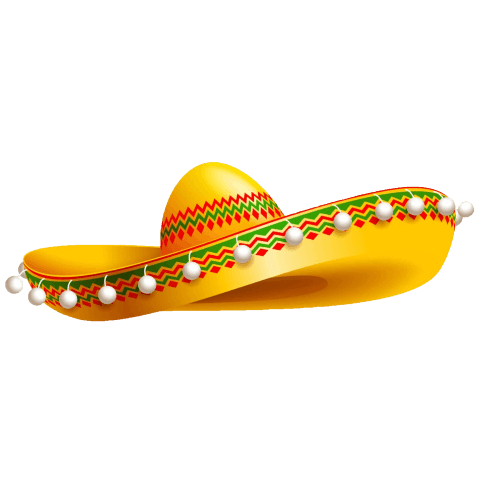

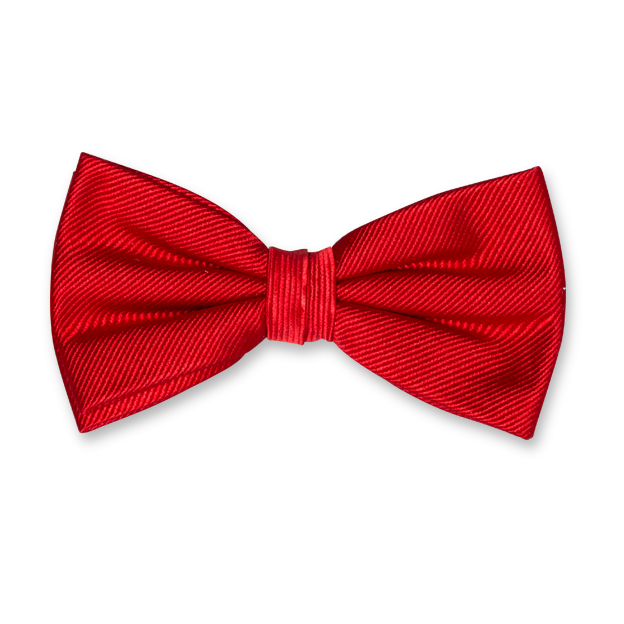
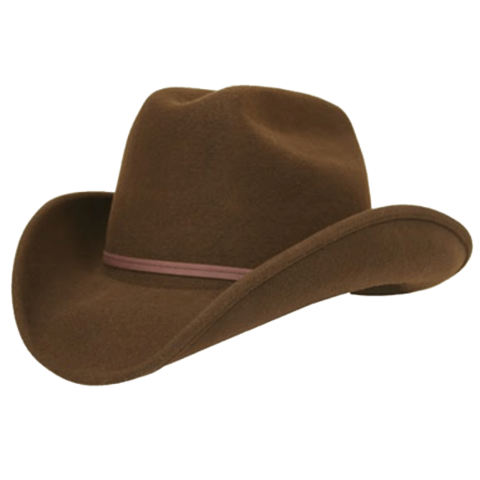

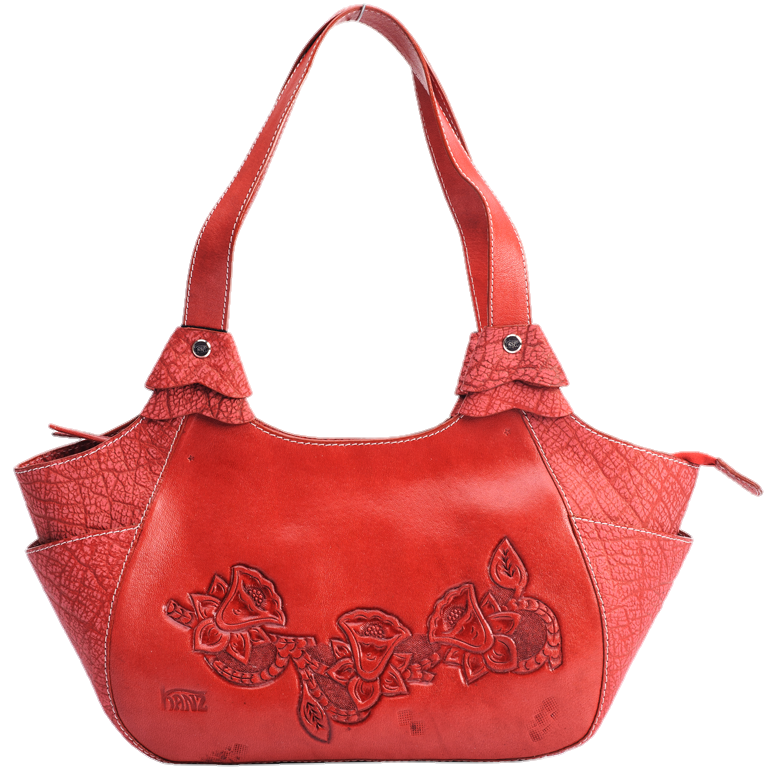
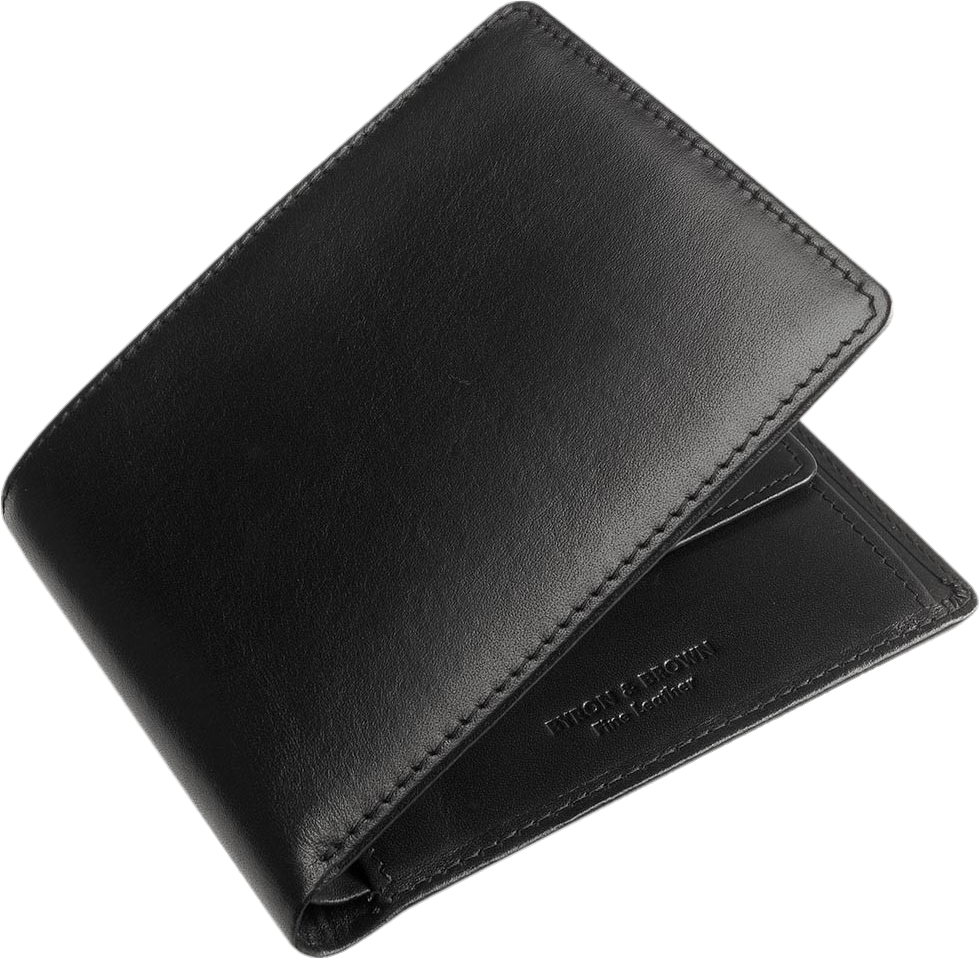
Leave a Comment
Instagram